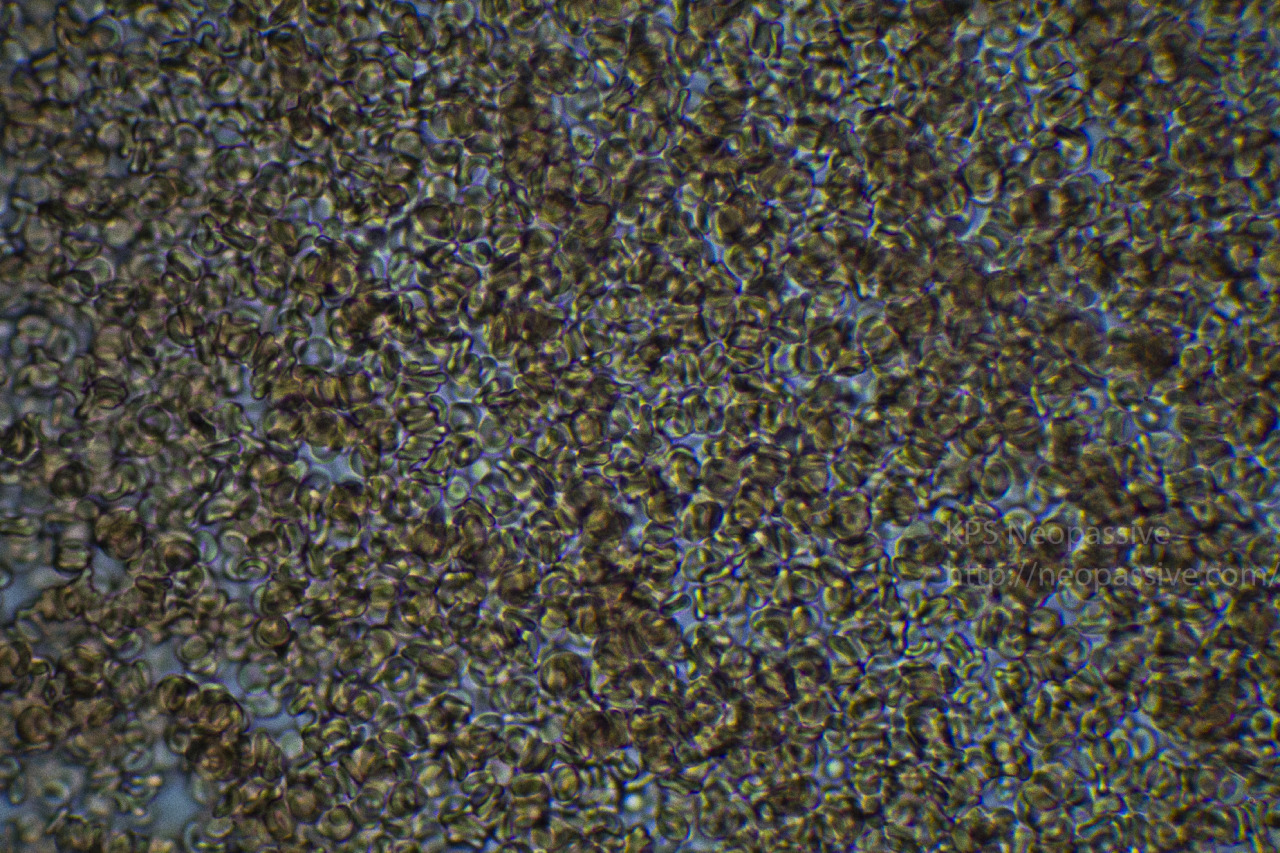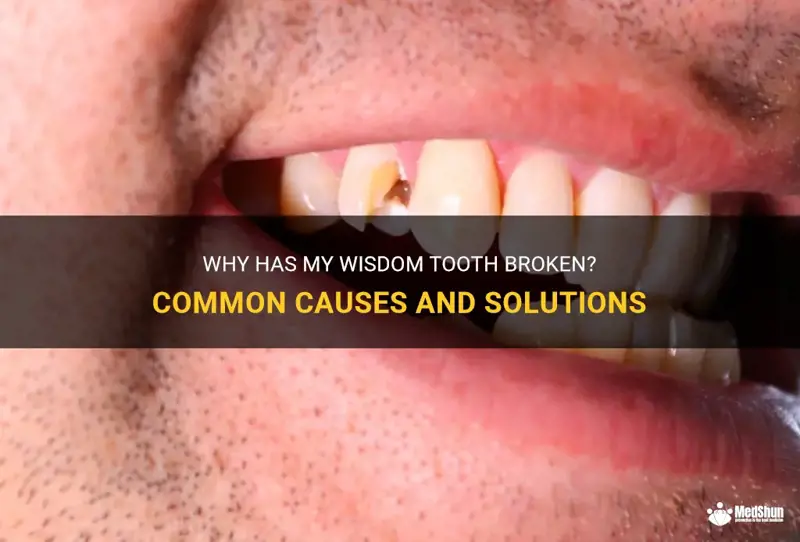Biofilm Control: Healthy Smile Secrets
The human mouth is a complex ecosystem, home to over 700 species of bacteria, fungi, and other microorganisms. While many of these microorganisms are harmless, some can cause problems, particularly when they form biofilms. Biofilms are structured communities of microorganisms that adhere to surfaces, including teeth, and can lead to a range of oral health issues, from tooth decay and gum disease to bad breath and even systemic infections. Effective biofilm control is crucial for maintaining a healthy smile, and it involves a combination of good oral hygiene practices, professional dental care, and a balanced diet.
The Problem of Biofilm Formation
Biofilms form when microorganisms in the mouth attach to a surface, such as a tooth, and begin to multiply. As they grow, they produce a protective matrix of polysaccharides and other substances that helps them adhere to the surface and resist removal. Biofilms can be particularly problematic in the mouth because they provide a haven for harmful bacteria to thrive. These bacteria can feed on sugars and other substances in the diet, producing acid as a byproduct, which can lead to tooth decay and other problems.
Moreover, biofilms are notoriously difficult to remove. Unlike free-floating planktonic bacteria, which can be easily washed away with saliva or soap, biofilm bacteria are firmly attached to the surface and require specialized cleaning techniques to dislodge. This is why regular brushing and flossing, while essential for oral health, may not be enough to prevent biofilm formation.
The Role of Good Oral Hygiene
Good oral hygiene is the first line of defense against biofilm formation. This includes brushing teeth at least twice a day with a fluoride toothpaste, paying special attention to the areas where the teeth and gums meet. It’s also important to floss once a day to remove food particles and plaque from between the teeth and below the gumline. Additionally, using an antibacterial mouthwash can help kill bacteria and other microorganisms that can contribute to biofilm formation.
However, even with good oral hygiene, biofilms can still form. This is why regular professional dental cleanings are also crucial. During a dental cleaning, a hygienist will use specialized tools to remove plaque and tartar (hardened plaque) from both above and below the gumline. This can help prevent the formation of biofilms and reduce the risk of oral health problems.
Dietary Factors in Biofilm Control
Diet plays a significant role in biofilm control. Foods high in sugar and starch can provide a rich source of energy for bacteria, encouraging their growth and the formation of biofilms. On the other hand, a diet rich in fruits, vegetables, and whole grains can help support the health of the mouth and reduce the risk of biofilm formation. Some foods, such as crunchy fruits and vegetables, can even help clean the teeth naturally by stimulating saliva production, which can help neutralize acids and remineralize teeth.
Advanced Strategies for Biofilm Control
For those looking to take their biofilm control to the next level, there are several advanced strategies worth considering. One approach is the use of probiotics. Certain strains of probiotic bacteria have been shown to have beneficial effects on oral health, including reducing the formation of biofilms and the production of volatile sulfur compounds, which can cause bad breath.
Another strategy is the use of antimicrobial peptides. These are short chains of amino acids that have been shown to have potent antimicrobial activity, including against bacteria that can form biofilms. They can be found in some oral care products, such as mouthwashes and toothpastes, and may offer an additional layer of protection against biofilm formation.
The Future of Biofilm Control
As our understanding of biofilms and their role in oral health continues to evolve, so too do the strategies for controlling them. One area of promising research is in the development of new materials and technologies that can inhibit biofilm formation. For example, some dental implants and other oral devices are now being designed with surfaces that are resistant to biofilm formation, which can help reduce the risk of infection and other complications.
Another area of research is in the use of natural compounds to control biofilms. Certain plant extracts, essential oils, and other natural substances have been shown to have antimicrobial properties and may offer a safer, more natural alternative to traditional antimicrobial agents.
Conclusion
Effective biofilm control is a multifaceted approach that involves good oral hygiene practices, a balanced diet, professional dental care, and possibly the use of advanced strategies such as probiotics and antimicrobial peptides. By understanding the complexities of biofilm formation and taking a comprehensive approach to prevention, individuals can help maintain a healthy smile and reduce the risk of oral health issues. As research continues to uncover new strategies and technologies for biofilm control, the future of oral health looks brighter than ever.
What are the primary causes of biofilm formation in the mouth?
+Biofilm formation in the mouth is primarily caused by the adherence of microorganisms such as bacteria and fungi to tooth surfaces. This process is facilitated by the presence of sugars and other substances in the diet, which provide energy for microbial growth. Poor oral hygiene and the absence of regular professional dental cleanings can also contribute to biofilm formation.
How does diet impact biofilm control?
+Diet plays a crucial role in biofilm control. Consuming foods high in sugar and starch can encourage the growth of bacteria and the formation of biofilms. On the other hand, a diet rich in fruits, vegetables, and whole grains can help support oral health and reduce the risk of biofilm formation.
What are some advanced strategies for biofilm control?
+Advanced strategies for biofilm control include the use of probiotics, antimicrobial peptides, and possibly natural compounds with antimicrobial properties. These approaches can offer additional layers of protection against biofilm formation and may be particularly beneficial for individuals at high risk of oral health problems.
Incorporating these insights and strategies into daily life can make a significant difference in maintaining a healthy smile and preventing the problems associated with biofilm formation. By understanding the importance of biofilm control and taking proactive steps, individuals can ensure their oral health remains in top condition, supporting not just their smile, but their overall well-being.

